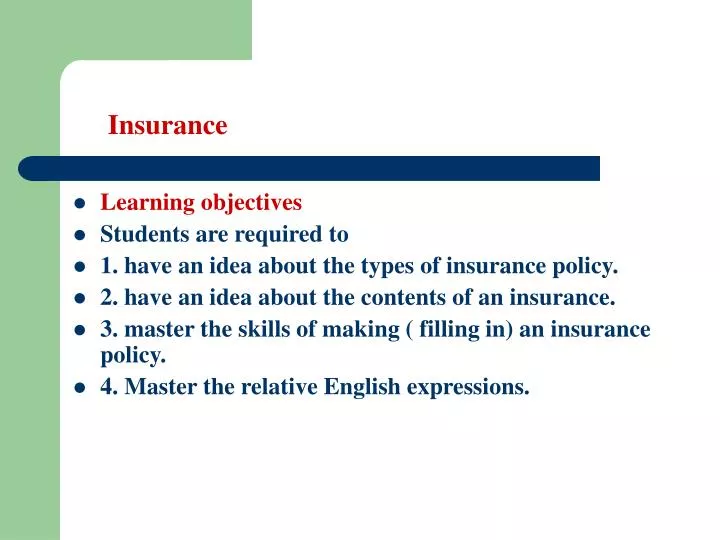The Pacific Prime Statements
The Pacific Prime Statements
Blog Article
Little Known Facts About Pacific Prime.
Table of ContentsThe Best Guide To Pacific PrimeNot known Incorrect Statements About Pacific Prime The Only Guide for Pacific PrimeThe 10-Second Trick For Pacific PrimePacific Prime for Beginners

This is since the information were collected for a duration of solid economic efficiency. Of the approximated 42 million people who were without insurance, almost about 420,000 (regarding 1 percent) were under 65 years old, the age at which most Americans come to be qualified for Medicare; 32 million were grownups between ages 18 and 65, around 19 percent of all adults in this age; and 10 million were kids under 18 years of age, concerning 13.9 percent of all children (Mills, 2000).
These price quotes of the variety of persons uninsured are produced from the yearly March Supplement to the Existing Population Survey (CPS), performed by the Demographics Bureau. Unless or else noted, national quotes of individuals without medical insurance and proportions of the populace with various kinds of protection are based upon the CPS, one of the most extensively used source of estimates of insurance coverage and uninsurance prices.
Pacific Prime Fundamentals Explained

Still, the CPS is particularly helpful since it produces yearly quotes fairly swiftly, reporting the previous year's insurance coverage approximates each September, and since it is the basis for a constant collection of quotes for more than 20 years, enabling for evaluation of trends in coverage over time. For these reasons, in addition to the substantial use the CPS in other research studies of insurance policy protection that exist in this report, we depend on CPS price quotes, with restrictions noted.

The estimate of the variety of uninsured individuals expands when a populace's insurance coverage standing is tracked for a number of years. Over a three-year duration beginning early in 1993, 72 million individuals, 29 percent of the united state population, lacked protection for at least one month. Within a single year (1994 ), 53 million people experienced at the very least a month without coverage (Bennefield, 1998a)
Six out of every 10 uninsured adults are themselves used. Although functioning does improve the possibility that one and one's member of the family will certainly have insurance policy, it is not an assurance. Also members of families with 2 full-time wage income earners have almost a one-in-ten possibility of being without insurance (9.1 percent uninsured price) (Hoffman and Pohl, 2000).
Fascination About Pacific Prime
New immigrants make up a considerable percentage of people without health insurance policy. One analysis has actually attributed a significant portion of the current growth in the dimension of the U.S. without insurance population to immigrants who got here in the nation in between 1994 and 1998 (Camarota and Edwards, 2000). Recent immigrants (those that pertained to the United States within the previous four years) do have a high price of being uninsured (46 percent), however they and their youngsters make up simply 6 percent of those without insurance nationally (Holahan et al., 2001).
The relationship between health and wellness insurance coverage and access to care is well established, as documented later in this chapter. The partnership in between health and wellness insurance coverage and health and wellness results is neither direct nor simple, a comprehensive medical and health solutions study literary works links health insurance protection to enhanced access to care, far better top quality, and boosted individual and population health and wellness status.
Degrees of analysis for taking my blog a look at the impacts of uninsurance. It concentrates specifically on those without any type of health insurance for any size of time.
The Pacific Prime Statements
The issues dealt with by the underinsured are in some aspects comparable to those dealt with by the without insurance, although they are usually less extreme. Health and wellness insurance policy, however, is neither necessary nor enough to get access to clinical services. The independent and straight impact of health insurance policy coverage on accessibility to health solutions is well established.
Others will certainly obtain the wellness care they require even without health and wellness insurance, by spending for it out of pocket or seeking it from service providers that provide treatment complimentary or at highly subsidized prices. For still others, medical insurance alone does not guarantee invoice of care due to other nonfinancial barriers, such as an absence of health and wellness care service providers in their area, minimal accessibility to transport, illiteracy, or linguistic and social differences.
Some Known Details About Pacific Prime
Official research about uninsured populaces in the USA dates to the late 1920s and very early 1930s when the Committee on the Cost of Medical Care produced a series of reports regarding financing medical professional workplace visits and hospitalizations. This issue became prominent as the numbers of medically indigent climbed during the Great Depression.
Report this page